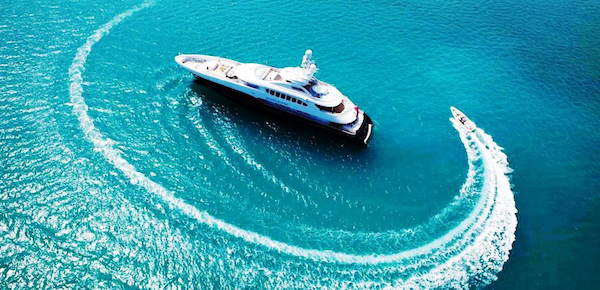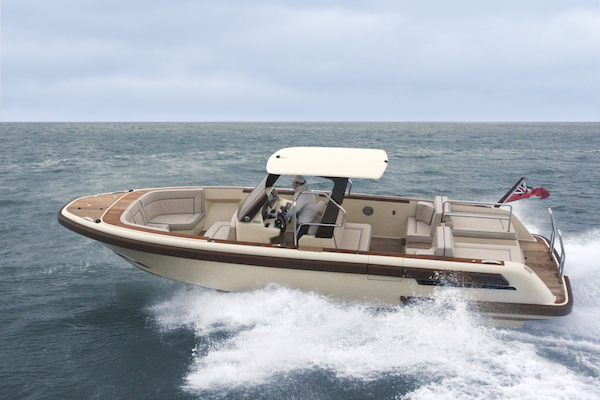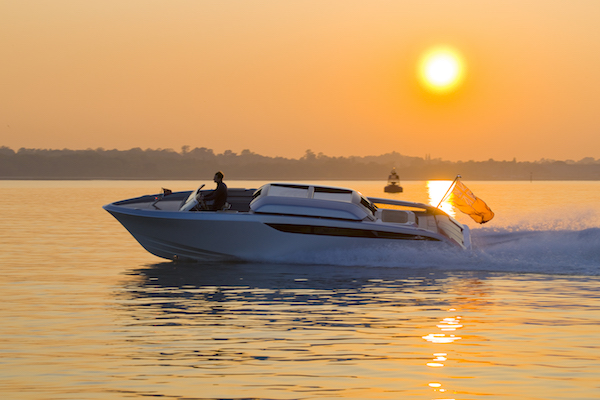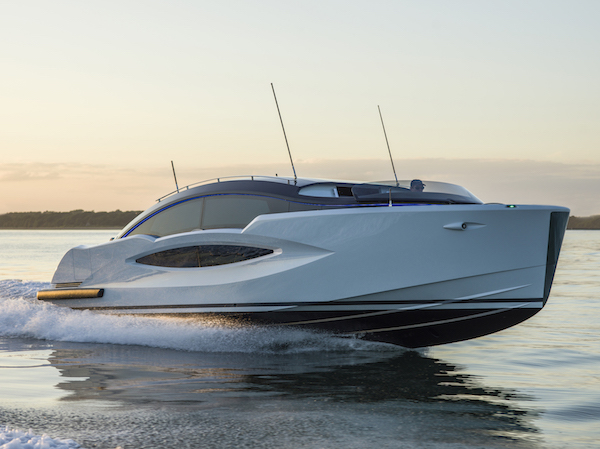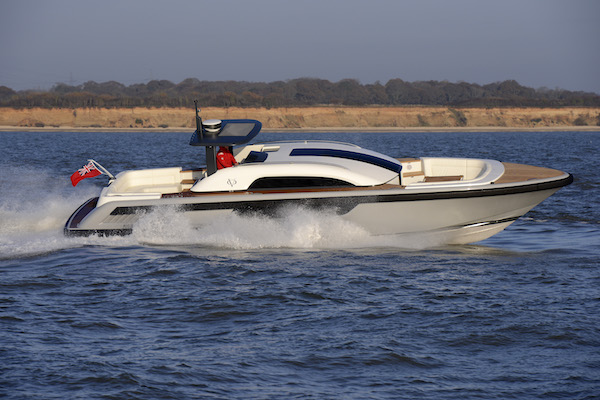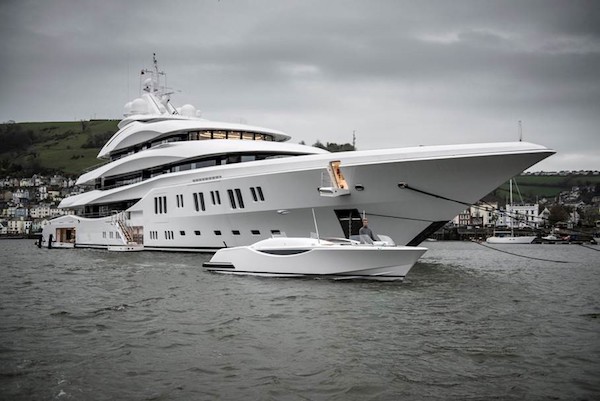Time for a new tender? Read this and you’ll want a custom one.
You have been thinking about it for a while. Maybe your owner saw a custom tender over the summer and the subject just keeps coming up or maybe you have been looking around and can’t find one that meets your owner’s requirements. Once you have acknowledged that you are ready for a custom tender, one that meets the needs of your yacht to a tee, know that there are a multitude of benefits for you to build one and get exactly what you want on time and within budget. Here are a few suggestions to get you started…
Step One: Go to an expert
Make sure you have chosen a designer and builder who are up to the unique task at hand. Custom tenders are high-value items so this is not the time to get over creative and experiment. Tenders must have a high-performance profile in an ever more challenging marine environment, so ensure you have experts guiding you on its design and build quality. This will give you the opportunity to include all of the aspects and specifications you want while keeping in mind your space and onboard stowage requirements.
Step Two: Get your team together
For new builds, the first point of contact is usually the owner’s representative (who may or may not be part of a specialized yacht management company). It could also be a longstanding captain or management structure who has earned the trust of the owner over many years and who is appointed to manage the process. Alternatively, your point of contact may be a specialist company (like Superyacht Tenders & Toys or Superyacht Tenders). Get your team together as the key decisions are made in design and planning before the build starts. Regardless of who guides you through the process, the collaboration will continue right through the launch and during sea trials.
Compass Tenders has successfully completed custom tenders with companies like Y.CO, Edmiston, Imperial, and Camper & Nicholsons, who supply management support to owners during custom builds. – Richard Faulkner, Compass Tenders
Step Three: Consider your wish list carefully
Understand and articulate how you will be using the tender, in terms of look, feel and also budget. Whether the mothership is private and used sparingly or is a part of a busy charter yacht tailor-made for entertaining, consider the specific uses for which the passengers will be using the vessel. Your wish list may also include design accents from the yacht, which provide an important clue into the look and feel of the vessel.
I would build a very much different tender for a given LOA for an elderly couple who just want to go ashore on their own with two guests at 15 knots as opposed to a 40-year-old client who loves water sports and has a gang of friends around him at all times – Richard Faulkner, Compass Tenders
Step Four: Think about design
Clients today are demanding a high level of design work before a build contract is even signed and minimal changes along the way mean delivery dates and cost estimates are maintained. There is also less to decide upon once production has started. Fabrics and final interior finishes for limousine tenders are usually considered about half way through the build stage.
Step Five: Visit and keep in touch
It’s important that owners’ representatives stay in touch; as visitors during the build, they often pick up on points that the client may want to consider. Once all the composite components are dry fitted to the tender, it is a great time to stop by. At this point, certain elements can be adjusted if needed before the tender goes into the painting process. (However, keep in mind this is referring to minor changes. Engineering layouts need to be determined at the beginning of the process and no later than a quarter of the way through the build.)
Step Six: Stick to the plan
Making changes is going to cause delays and cost money. A key moment in the process is the sign off for design finishes and fabrics for the limousine tenders. Sourcing fine leathers and textiles requires time not to mention the work required to final adjust headliners, window panels, and consoles.
Creating a detailed plan is simple if you are dealing with people who are specialised in just that. If you are thinking about considering a custom tender this year, then your first port of call should be to Compass Tenders who can walk you through the entire process.


